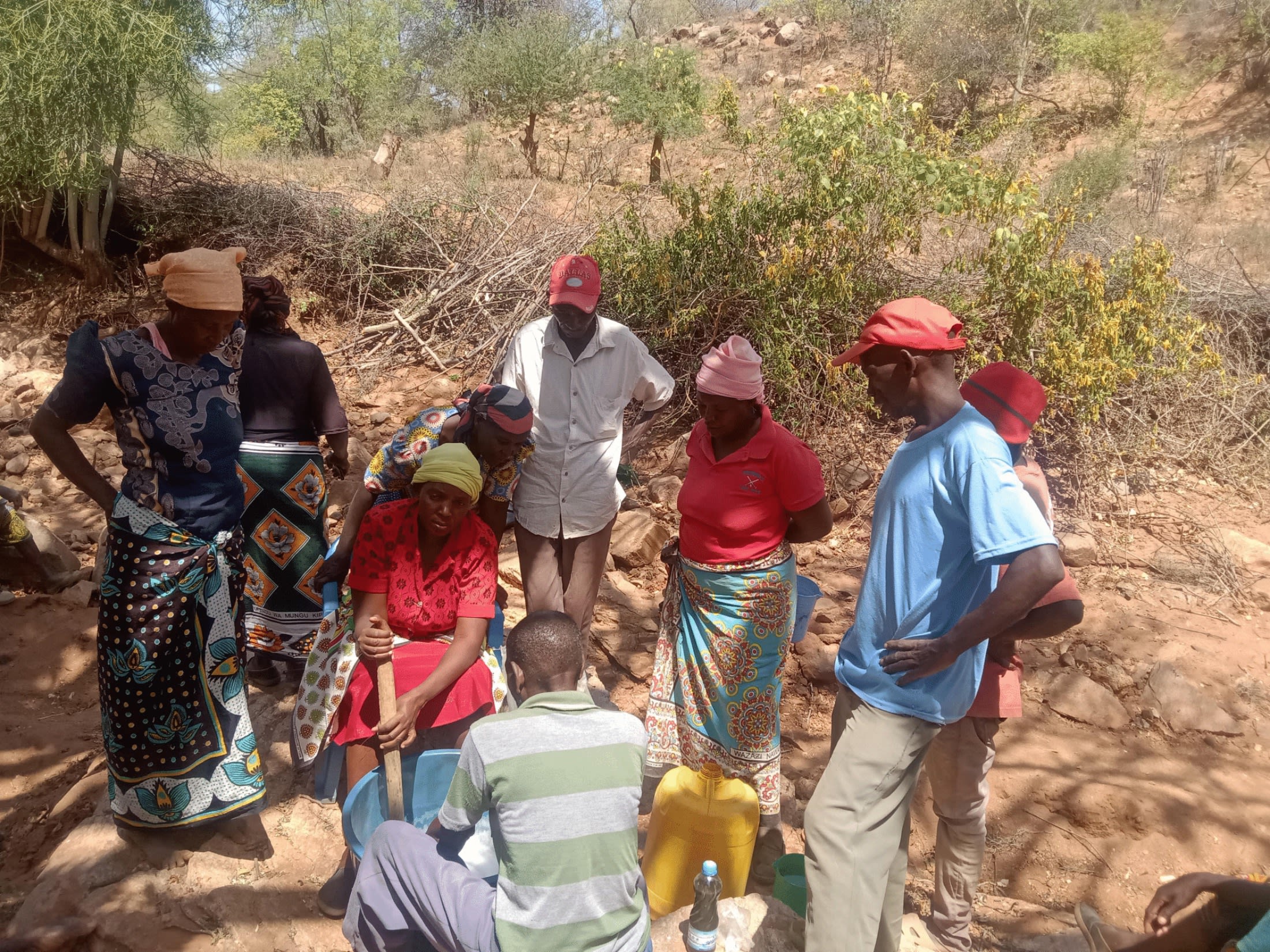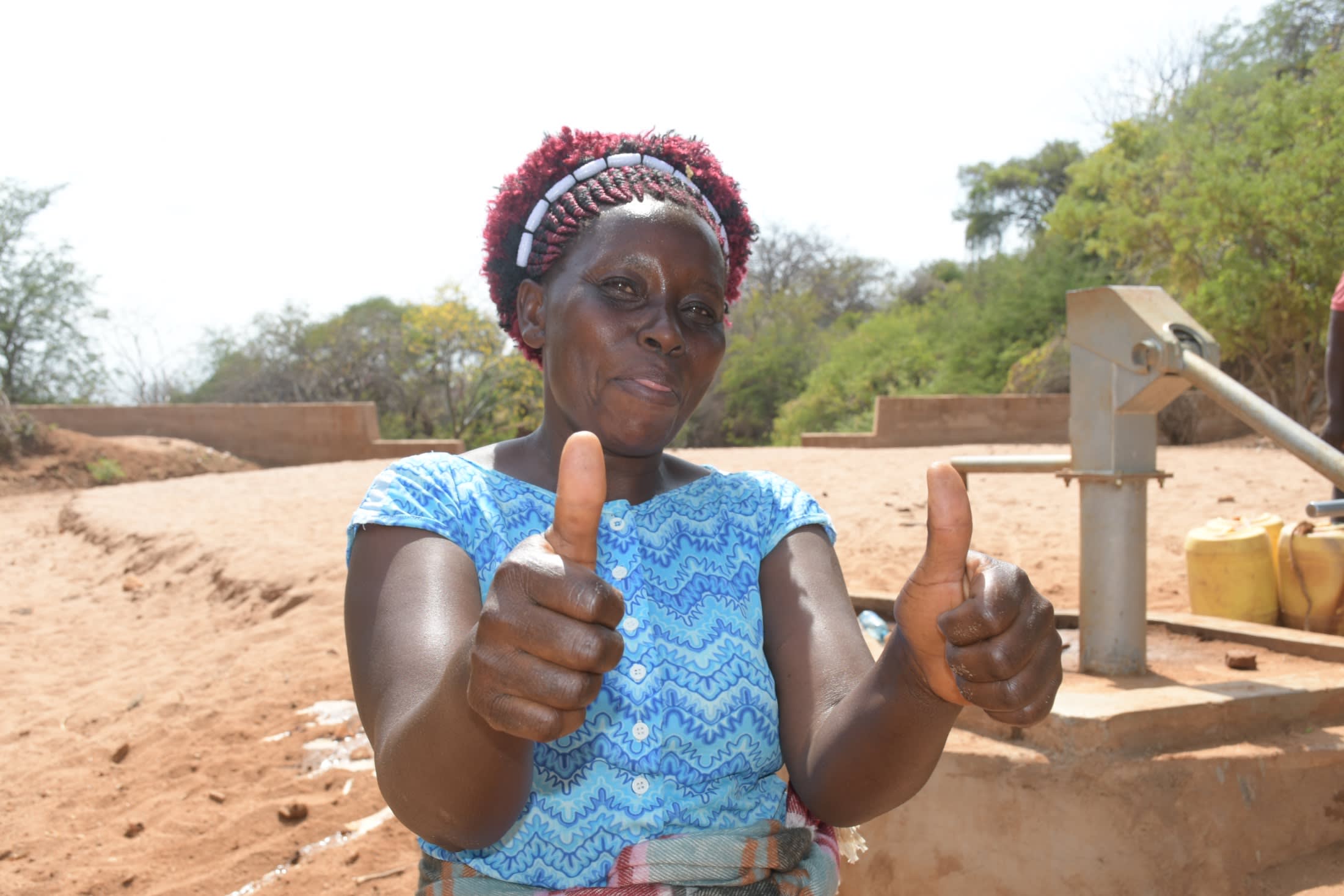Koriro, a community of 1,000 people, is rural in a semi-arid region characterized by indigenous trees, thorn bushes, and drought-resistant crops. Water is challenging to come by in this region and a daily struggle.
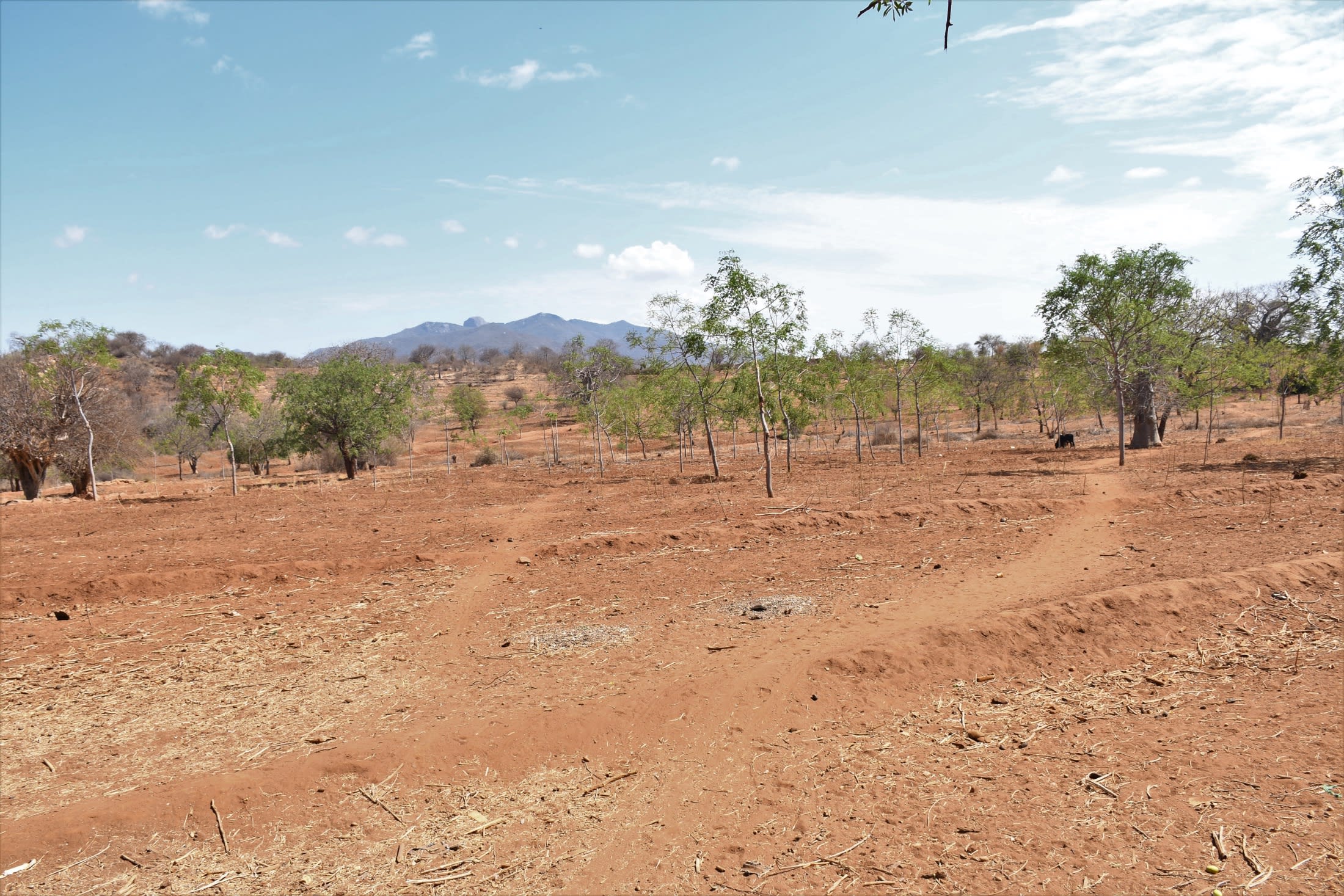
Community members must walk several hours, up to 5 kilometers (over 3 miles) from their homes to collect their daily water, leaving them drained, as shared by Jones Mutisya, a 48-year-old farmer. "I have to go fetch water for my family, but I return home feeling exhausted due to the long distance under the burning sun."
Each morning wives (and some husbands) tasked with the burden of fetching water for the family, wake up early with hopes that they will get to the scoopholes to collect water in time before it runs out. The scoop holes do not have sufficient water to satisfy the entire community, resulting in long queues and quarrels.
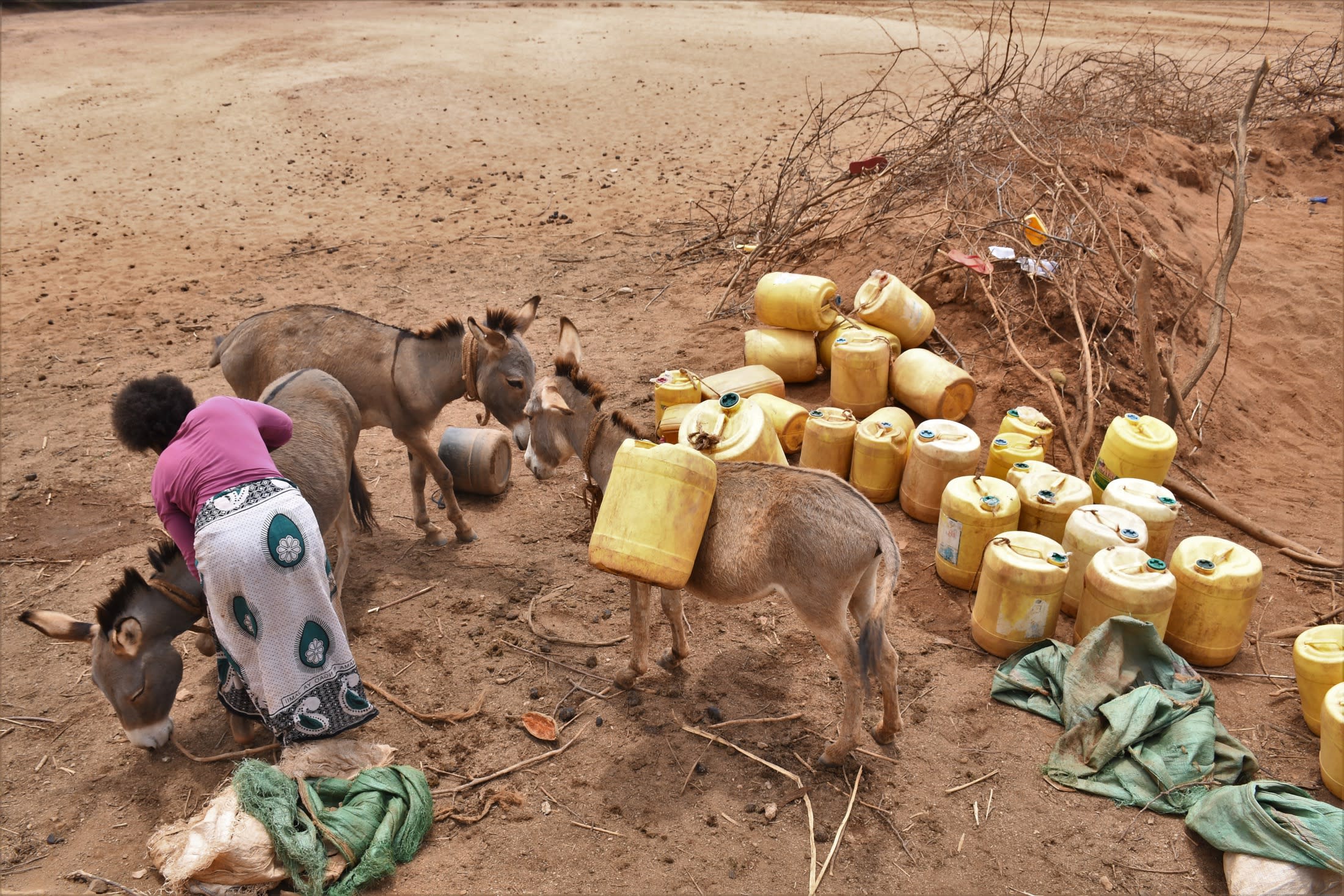
Older children in the community usually accompany their parents because they have to bring water to school, as shared by Monica M., age 17: "The long distance leaves me exhausted, and my academic performance has been adversely affected. Since water is inadequate, I have to use water sparingly at home; therefore, I lack enough water to improve my hygiene and sanitation."
Because of the distance and the time it takes, they can only make one or two trips to the water point a day but still do not return home until the afternoon to embark on other activities. With time and energy wasted, all other areas of productivity in their daily lives suffer.
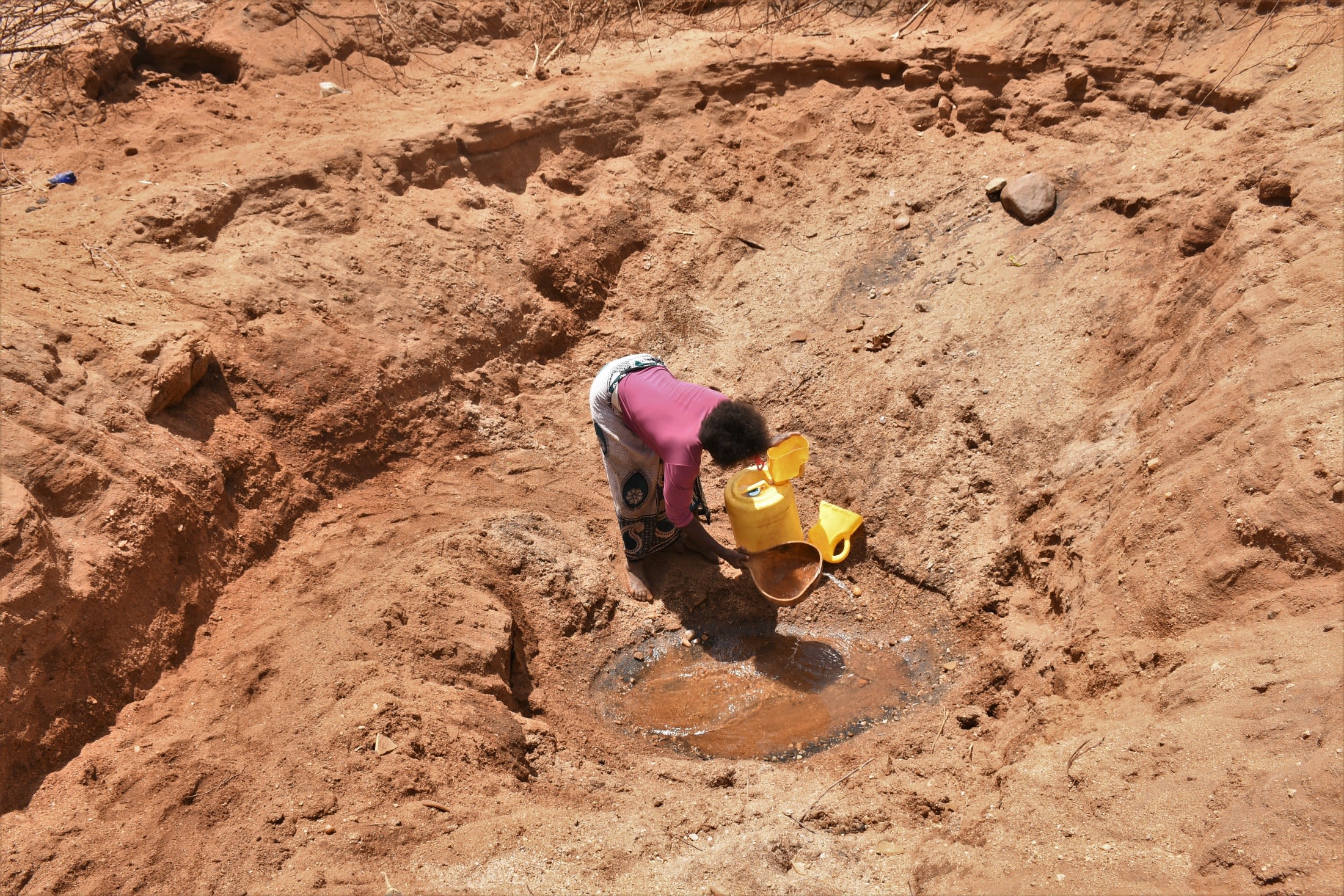
The water from the scoop holes is salty and unsuitable for drinking. It is open to human and animal contamination (excrement from donkeys, goats, and cattle), exposing the residents to infections such as dysentery, typhoid, and amoeba.
Rarely, a few community members are fortunate enough to own a tank to try to collect water when it rains, but in this area of Kenya, that does not hold much promise.
The sand dam that this community needs will eradicate the long walks to the scoopholes by providing water to the new community well.
What we can do:
Our main entry point into the community is the Usingilaa Self-Help Group, which is comprised of households that are working together to address water and food scarcity in their region. These members will be our hands and feet in both constructing water projects and spreading the message of good hygiene and sanitation to everyone.
Sand Dam
After the community picked the ideal spot, our technical team went in and proved the viability by finding a good foundation of bedrock. Now, our engineers are busy drawing up the blueprints.
We are unified with this community to address the water shortage. As more sand dams are built, the environment will continue to transform. As the sand dams mature and build up more sand, the water tables will rise. Along with this sand dam, a hand-dug well will be installed to give community members an easy, safe way to access that water.
Building this sand dam along with the well in this community will help bring clean water closer to hundreds of people living here.
Training
These community members currently do their best to practice good hygiene and sanitation, but their severe lack of water has been a big hindrance to reaching their fullest potential.
We will hold hygiene and sanitation training sessions with the Usingilaa Self-Help Group and other community members to teach about important hygiene practices and daily habits to establish at the personal, household, and community level. This training will help to ensure that participants have the knowledge they need to make the most out of their new water point as soon as water is flowing.
One of the most important topics we plan to cover is the handling, storage, and treatment of water. Having a clean water source will be extremely helpful, but it is useless if water gets contaminated by the time it is consumed. We will also emphasize the importance of handwashing.
We and the community strongly believe that all of these components will work together to improve living standards here, which will help to unlock the potential for these community members to live better, healthier lives.
We typically work with self-help groups for 3 to 5 years on multiple water projects. We will conduct follow-up visits and refresher trainings during this period and remain in contact with the group after all of the projects are completed to support their efforts to improve sanitation and hygiene.

 Sand Dam
Sand Dam
 Rehabilitation Project
Rehabilitation Project

















